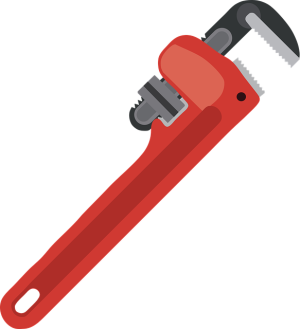-
Optimize Plumbing & HVAC Efficiency: Guide to Regular Air Filter Replacement

Air filters are vital for maintaining efficient and healthy plumbing and HVAC systems, protecting equipment from impurities, extending lifespans, and improving indoor air quality. Regular replacement is crucial due to increasing contamination over time. The frequency depends…….
-
Unveiling Average Plumbing & HVAC Installation Costs by System & Region

TL;DR: Understanding plumbing and HVAC installation costs involves considering project size, complexity, architectural features, equipment choice, and site accessibility. Costs for HVAC systems range from $5K-12K for residential, with central AC generally more expensive. Plum…….